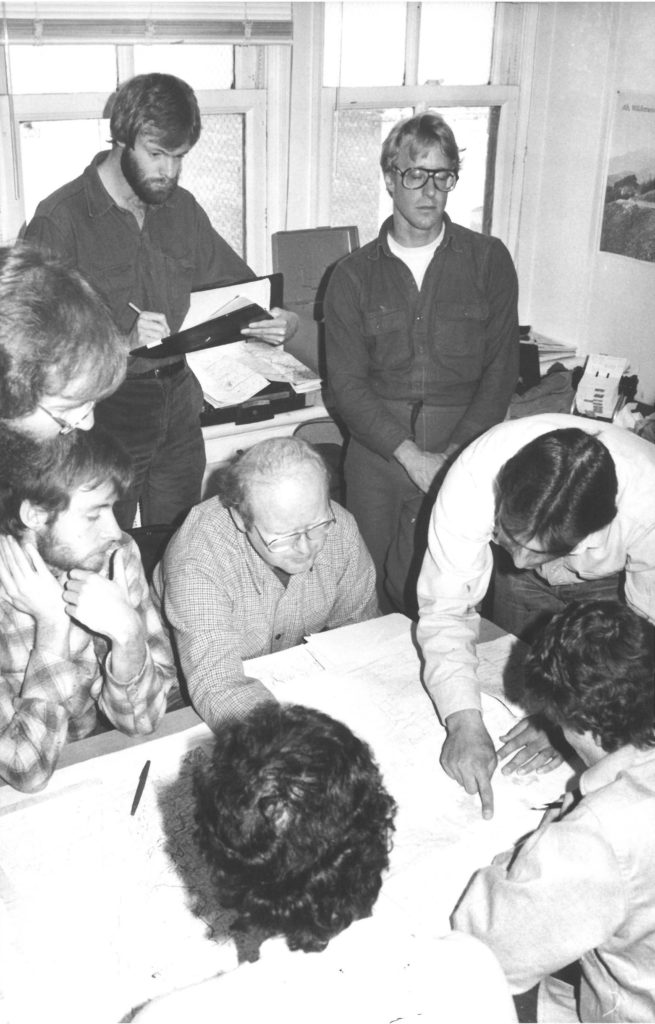The BLM Inventory
Following up on the 1964 Wilderness Act, the Federal Land Policy and Management Act (FLPMA) of 1976 directed the Bureau of Land Management (BLM) to inventory all roadless areas in the United States and assess their potential for wilderness designation. Suitable lands identified as Wilderness Study Areas (WSAs) would be managed as wilderness until Congress made a final decision. But in Utah, the process was deeply flawed: when completed in 1980, the BLM inventory produced what amounted to a commercial and industrial zoning plan. Huge tracts were “inventoried” by helicopter without adequate field work and many inventory decisions violated the BLM’s own policies. Out of 23 million acres, the Utah BLM originally designated only 2.5 million acres as WSAs.
Outraged by the BLM’s numerous and egregious violations of policy during the inventory process, Utah conservation groups filed a series of appeals with the Interior Board of Land Appeals (IBLA). In 1983, the IBLA ruled that the Utah inventory was in error on 90% of the lands under appeal. In response, the BLM eventually increased the Utah WSA acreage to 3.2 million acres. These lands are currently being managed as de facto wilderness by the BLM until Congress decides their fate.

Birth of the Utah Wilderness Coalition
In 1985, conservationists from 40 citizen groups formed the Utah Wilderness Coalition (UWC) and began to develop an alternative to the BLM’s proposal—a citizens’ wilderness proposal. Over the course of the next several years, volunteers spent thousands of hours in the field documenting wilderness characteristics and mapping boundaries of proposed wilderness areas. The results of their exhaustive fieldwork were published in Wilderness at the Edge, a 400-page proposal calling for federal protection of 5.7 million acres of wilderness-quality land in Utah. In 1989, Utah Rep. Wayne Owens first introduced the citizens’ proposal into Congress as America’s Red Rock Wilderness Act. New York Rep. Maurice Hinchey assumed sponsorship of the bill in 1993, followed by New Jersey Rep. Rush Holt in 2013 and California Rep. Alan Lowenthal in 2015. Sen. Richard Durbin of Illinois first introduced a corresponding bill into the U.S. Senate in 1997.
In the late 1990s, the UWC conducted a second inventory of BLM wilderness in Utah to update and strengthen the original citizens’ proposal. With more time and resources at their disposal the second time around, conservationists identified an additional 3.4 million acres of wilderness-quality lands and added them to the proposal. The improved and expanded bill was first introduced in Congress in 1999.
America’s Red Rock Wilderness Act now reflects the most comprehensive land inventory ever conducted by a non-governmental organization. It is fully field-checked and documented with detailed maps and nearly 70,000 photographs.

